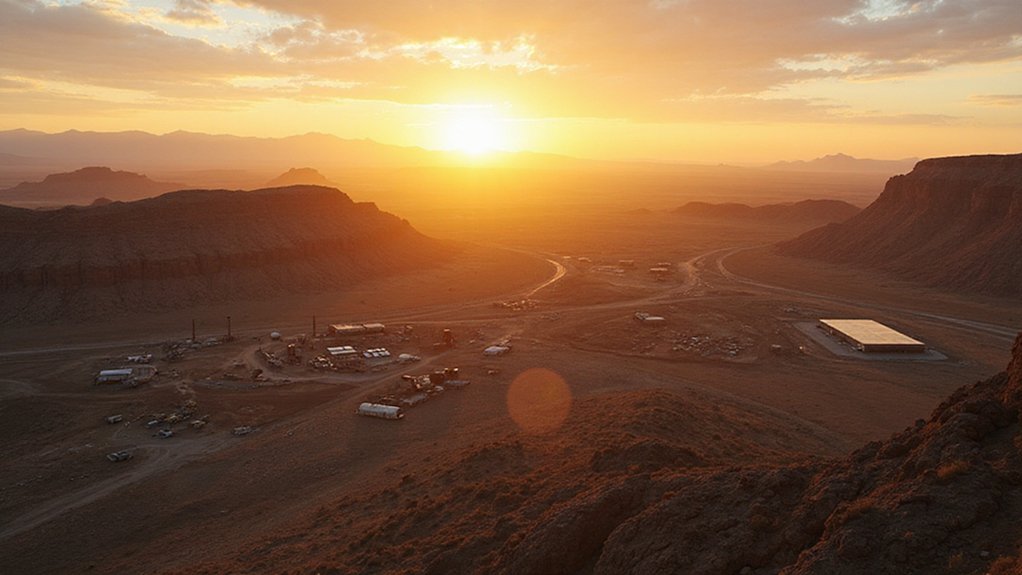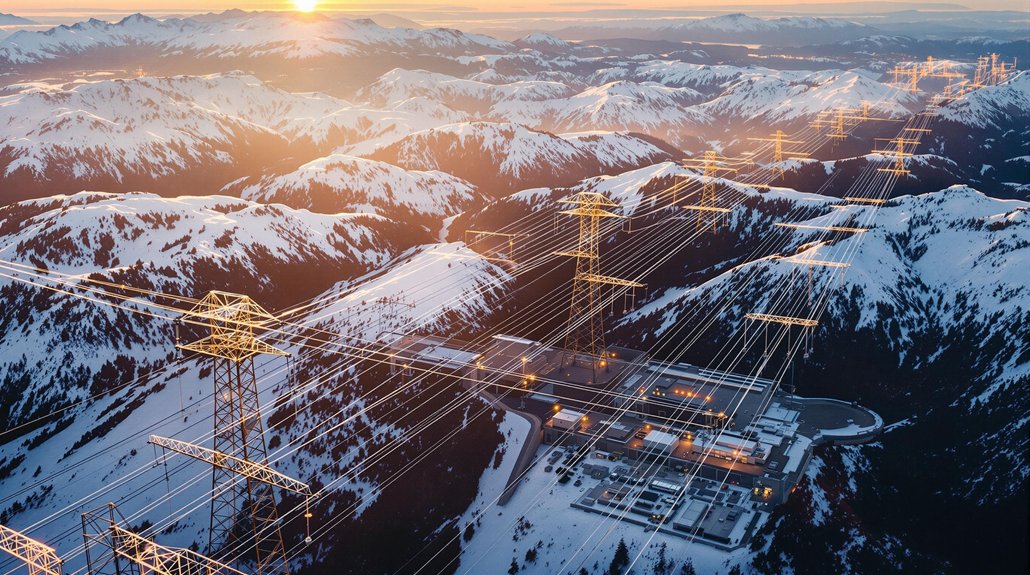Cybersecurity experts in the Tri-Cities are working overtime to protect America’s vulnerable hydropower grids from hackers. Nation-state actors have ramped up attacks, with physical assaults jumping 70% in 2023. Congress threw $50 million at the problem—basically pocket change compared to what hackers spend. New tools like CYSAT-Hydro monitor digital systems, but human error remains the biggest weakness. One successful attack could knock out hospitals, schools, and entire communities. The stakes couldn’t be higher.
While hackers plot their next move against America’s power grids, cybersecurity experts in the Tri-Cities are working overtime to keep the lights on. The stakes couldn’t be higher. Nation-state actors are circling like vultures, targeting hydropower facilities and the expanding digital networks that keep them running. It’s not paranoia if they’re actually after you.
The problem’s getting worse. Every new internet-connected device, every digital upgrade, every attempt at modernization opens another door for attackers. Distributed energy resources sound great on paper. In reality? They’re like leaving your front door ajar with a neon sign saying “rob me.” The recent high-profile attacks weren’t wake-up calls – they were alarm bells screaming that we’re already behind. Physical attacks on power grids have increased 70% in 2023 alone, proving that threats aren’t just digital anymore.
Every digital upgrade opens another door for attackers to exploit.
Congress is throwing money at the problem. Fifty million dollars over five years for cyber threat analysis. That’s cute. Meanwhile, hackers are working 24/7 with budgets that would make your head spin. The Department of Energy‘s cybersecurity office will oversee everything, because nothing says “nimble response” like federal bureaucracy. At least the bipartisan legislation has backing from both Senators Risch and Hickenlooper, giving it a fighting chance.
At least someone’s trying. The CYSAT-Hydro tool under development promises to monitor digital interfaces across hydropower systems. AI and machine learning are being deployed to spot anomalies in real-time. Zero trust architecture is becoming the new religion – trust no one, verify everything. Smart.
But here’s the kicker: fancy tech won’t save us if Bob from maintenance clicks on that suspicious email. Human error remains the weakest link. That’s why utilities are running red team exercises, simulating attacks to find weaknesses before the bad guys do. They’re segmenting networks, separating IT from operational technology. Basic stuff that should’ve been done years ago.
The real tragedy? We’re racing to patch basic vulnerabilities – password management, system updates – while sophisticated attackers plan their next move. Third-party vendors remain a massive blind spot. Every contractor, every supplier, every connected partner is a potential entry point. With data center consumption already straining electrical grids nationwide, any successful attack could have cascading effects far beyond local infrastructure.
The Tri-Cities experts aren’t just protecting power plants. They’re defending the infrastructure that keeps hospitals running, schools heated, and communities functioning. No pressure.
References
- https://www.utilitydive.com/news/bipartisan-legislation-proposes-cyber-threat-analysis-program-energy-sector/749756/
- https://www.tripwire.com/state-of-security/cybersecurity-electricity-distribution-2025-update
- https://mattermost.com/blog/top-cyber-threats-to-energy-utilities-in-2025/
- https://industrialcyber.co/utilities-energy-power-water-waste/wef-warns-of-growing-cyber-threats-to-energy-infrastructure-following-iberian-blackout/
- https://www.nrel.gov/grid/news/program/2024/at-the-intersection-of-hydropower-and-cybersecurity







